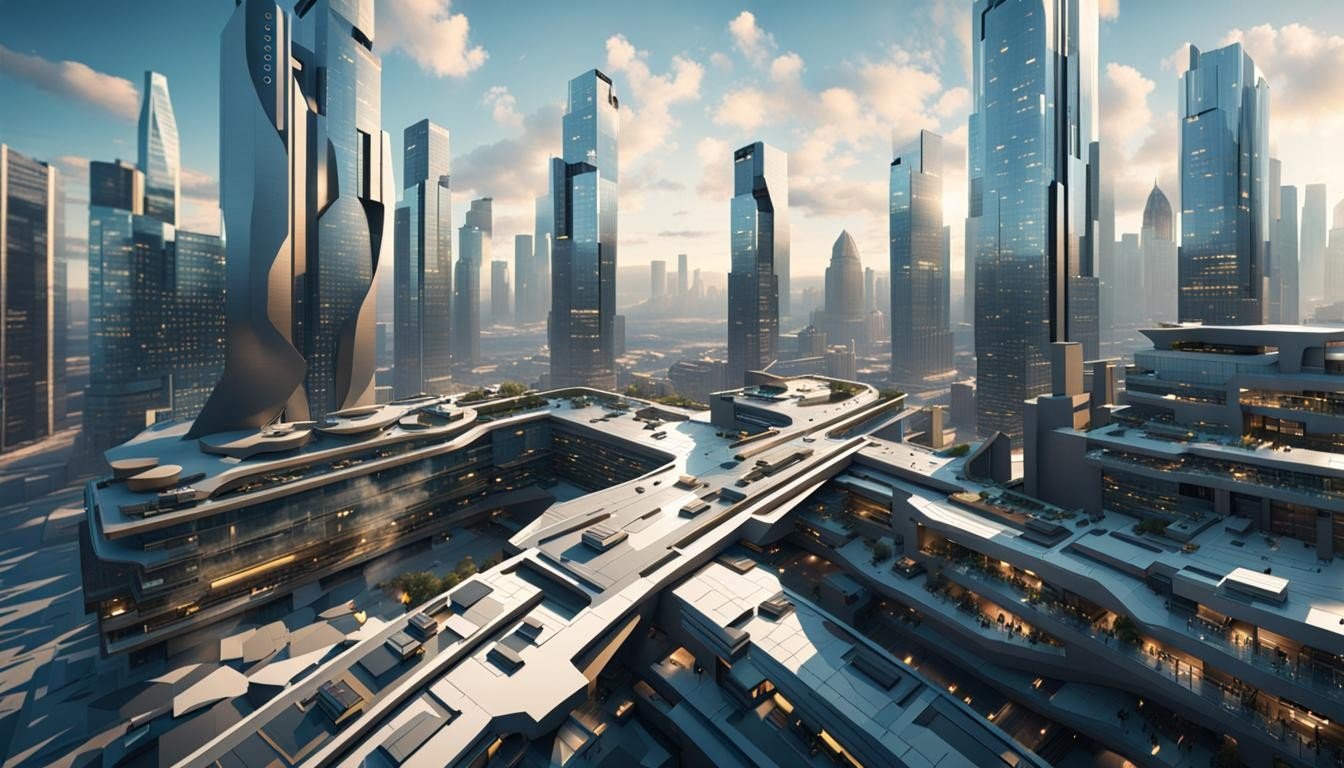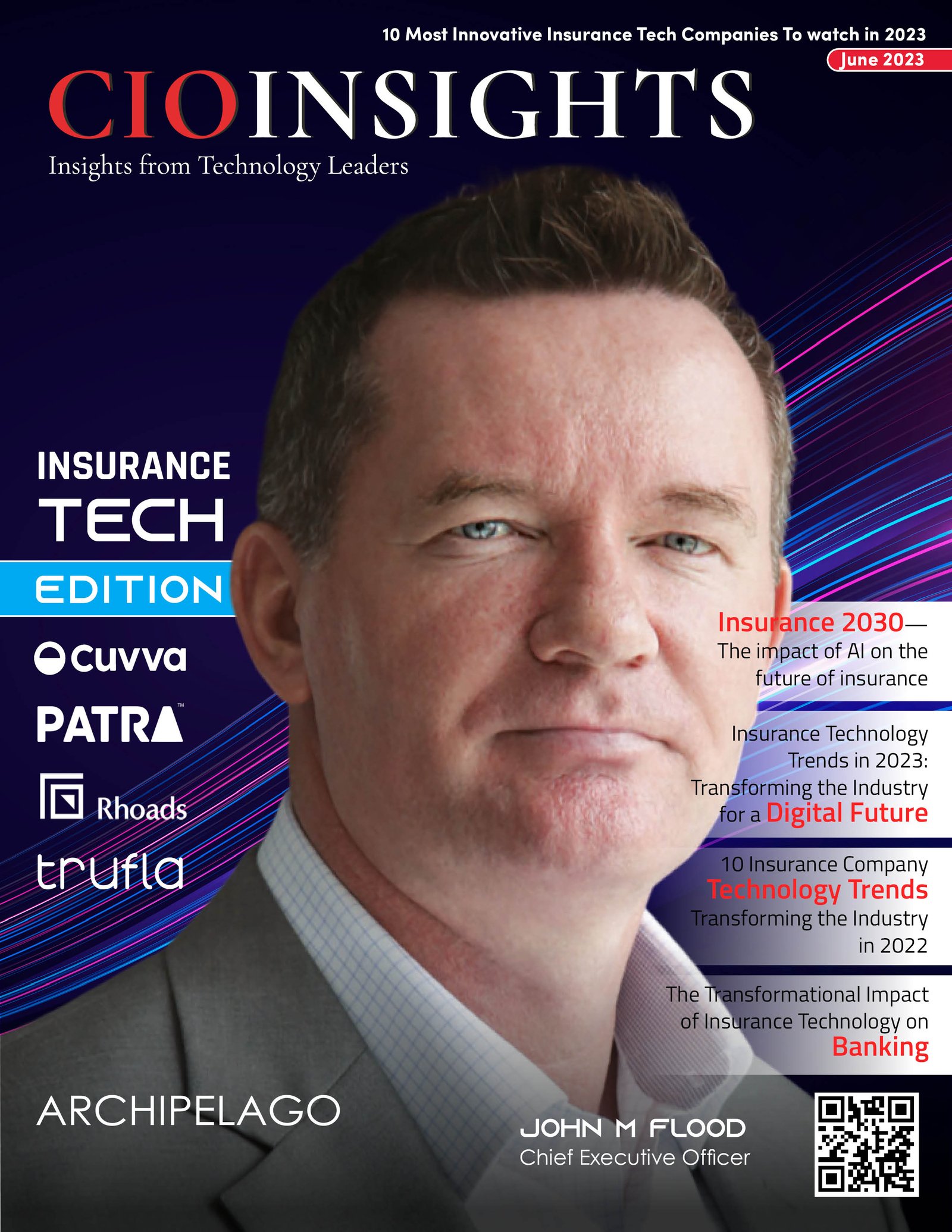How "Digital Twins" Could Help Us Predict the Future?

What are Digital Twins?
Digital twins are virtual representations of physical objects or systems that capture their structural, functional, and behavioral characteristics. These digital replicas are created using advanced technologies such as 3D scanning, drones, and IoT sensors that collect real-time data about the object or system. By analyzing this data, we can gain insights into how the object or system behaves under different conditions, enabling us to simulate and predict its future performance.
Digital twins have been making waves in various industries, and construction is no exception. The concept of a digital twin involves creating a virtual replica of a physical asset, allowing for better design, analysis, and management. Here's a brief history of how digital twins have evolved in the construction industry:
1990s: The origins of digital twin technology can be traced back to the early 1990s. Researcher Michael Grieves introduced the concept of a "digital twin" at a manufacturing conference in 2002, laying the groundwork for future applications in various industries.
2000s: In the mid-2000s, the concept of building information modeling (BIM) emerged in the construction industry. BIM involves creating a 3D digital model of a building that includes information about its design, construction, and management. This marked the beginning of digital twin-like applications in the industry.
2010s: As technology advanced, digital twins became more feasible and affordable. Construction companies began using digital twins to simulate and analyze building performance, improve collaboration, and reduce costs. The use of drones, 3D scanning, and other technologies made it easier to create accurate digital replicas of construction sites.
2020s: Today, digital twins are becoming increasingly common in the construction industry. Companies use them to optimize construction processes, predict potential issues, and monitor building performance throughout their lifecycle. As technology continues to evolve, the capabilities and applications of digital twins will likely expand further.
What is Digital Twin? How does it work?

Digital Twins in Construction
The construction industry has been one of the early adopters of digital twin technology. By creating digital twins of construction structures, engineers can analyze and optimize their design, construction, and maintenance. Here are some of the key ways digital twins can help predict the future in construction:
- Predict structural failures: By simulating various stress scenarios, digital twins can help identify potential weak points in a structure and predict when failures might occur. This enables construction teams to take preventative measures to avoid disasters.
- Optimize construction processes: Digital twins can help optimize construction processes by simulating different construction sequences and identifying the most efficient approach. This can help predict and prevent potential delays or cost overruns.
- Monitor building performance: Digital twins can help monitor a building's performance throughout its lifecycle. By analyzing real-time data about the building's structural integrity, energy consumption, and other factors, construction teams can predict and address issues before they become major problems.
Digital Twins Beyond Construction
While digital twins have proven valuable in the construction industry, their applications extend far beyond this field. In fact, digital twins have the potential to transform various sectors, including manufacturing, healthcare, and urban planning. Here are some examples:
- Manufacturing: Digital twins can help predict machine failures, optimize production processes, and improve supply chain management.
- Healthcare: Digital twins can help predict patient outcomes, optimize medical treatment plans, and improve the overall efficiency of healthcare systems.
- Urban planning: Digital twins can help predict the impact of urban planning decisions on factors such as traffic, air quality, and public safety. This enables city planners to make more informed decisions and create more livable, sustainable cities.
Digital twins must comply with various regulations and standards related to safety, sustainability, and accessibility. Ensuring compliance while maintaining the flexibility to adapt to changing requirements is a significant challenge. While digital twins offer tremendous potential for predicting the future, there are still some challenges to overcome.
1) Data Collection and Integration
Creating accurate digital twins requires collecting vast amounts of data from various sources, including sensors, cameras, and other IoT devices. Integrating this data into a coherent digital twin can be challenging, especially when dealing with different data formats and protocols. Additionally, ensuring the security and privacy of sensitive data is a significant concern.
2) Model Accuracy and Validation
Ensuring the accuracy of digital twins is crucial for reliable predictions. However, it can be challenging to validate the models and guarantee their fidelity to the real-world objects or systems they represent.
3) Interoperability and Standardization
Digital twins often involve multiple stakeholders, including designers, contractors, and building owners. Ensuring that digital twins can be shared and used across different platforms and systems is crucial. Standardization efforts, such as building SMART's Industry Foundation Classes (IFC), are ongoing but still need to be widely adopted.





